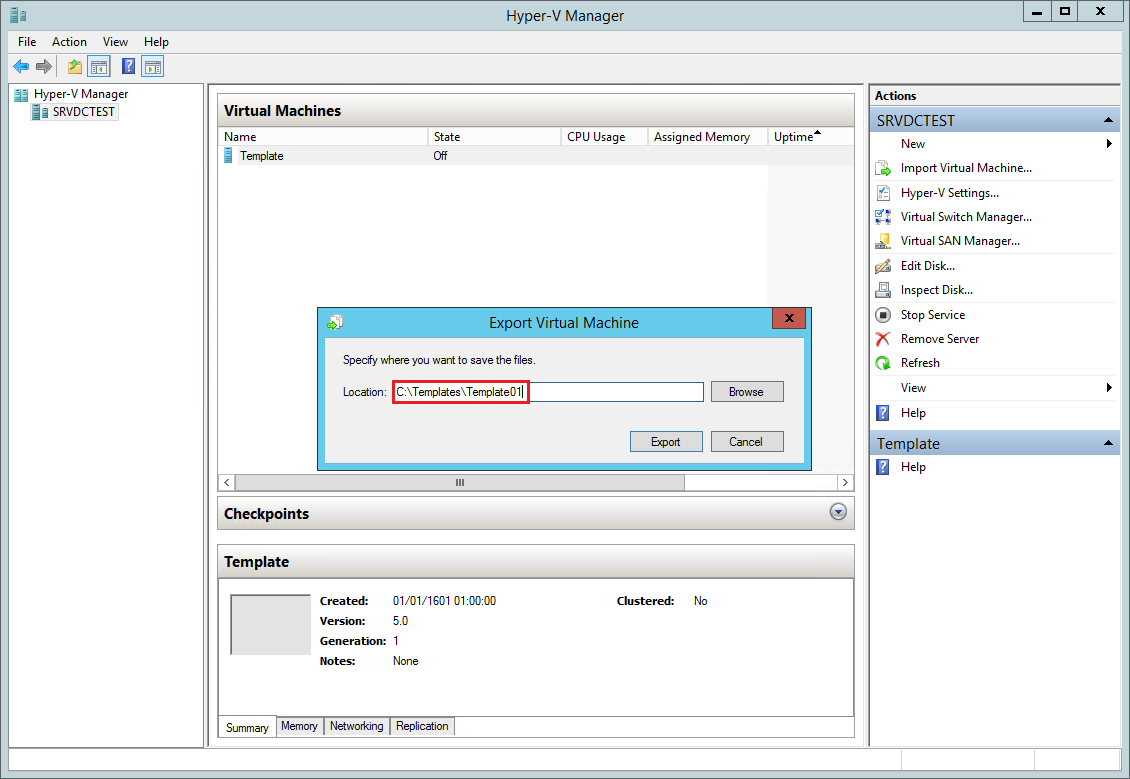


If you are not familiar with the command line, then simply follow the steps given below to enable Hyper-v. So, now let’s come to the main topic which is the tutorial on enabling hyper-v and Linux VM installation over it using Windows 10 as a host operating system. Yes, indeed this Microsoft Virtualization platform optimized for Windows and can be used without downloading anything party software, however, Server or Windows 10 hyper-v has its own limitations, it is not like VirtualBox full of different features, open-source in nature, easy to manage machines, drag and drop support to VMs and more… You can know about it in details here- What is the difference between Hyper-V and VirtualBox? The Hyper-V is a virtual platform just like Vmware or VirtualBox but this one is specifically designed and developed by Microsoft for Windows Desktop and Server operating systems to enable virtualization.Īlso, one has to upgrade Windows 10 home to pro for it because the Hyper-v is only available for Windows 10 Enterprise, Pro, or Education.

Here in this tutorial, we will show you how? You can disable or enable hyper v on Windows 10 via PowerShell or graphically from the control panel to install Linux Virtual machines. Hyper-V on Windows 10 doesn’t need to download, it already on your machine, and just need to enable it.


 0 kommentar(er)
0 kommentar(er)
